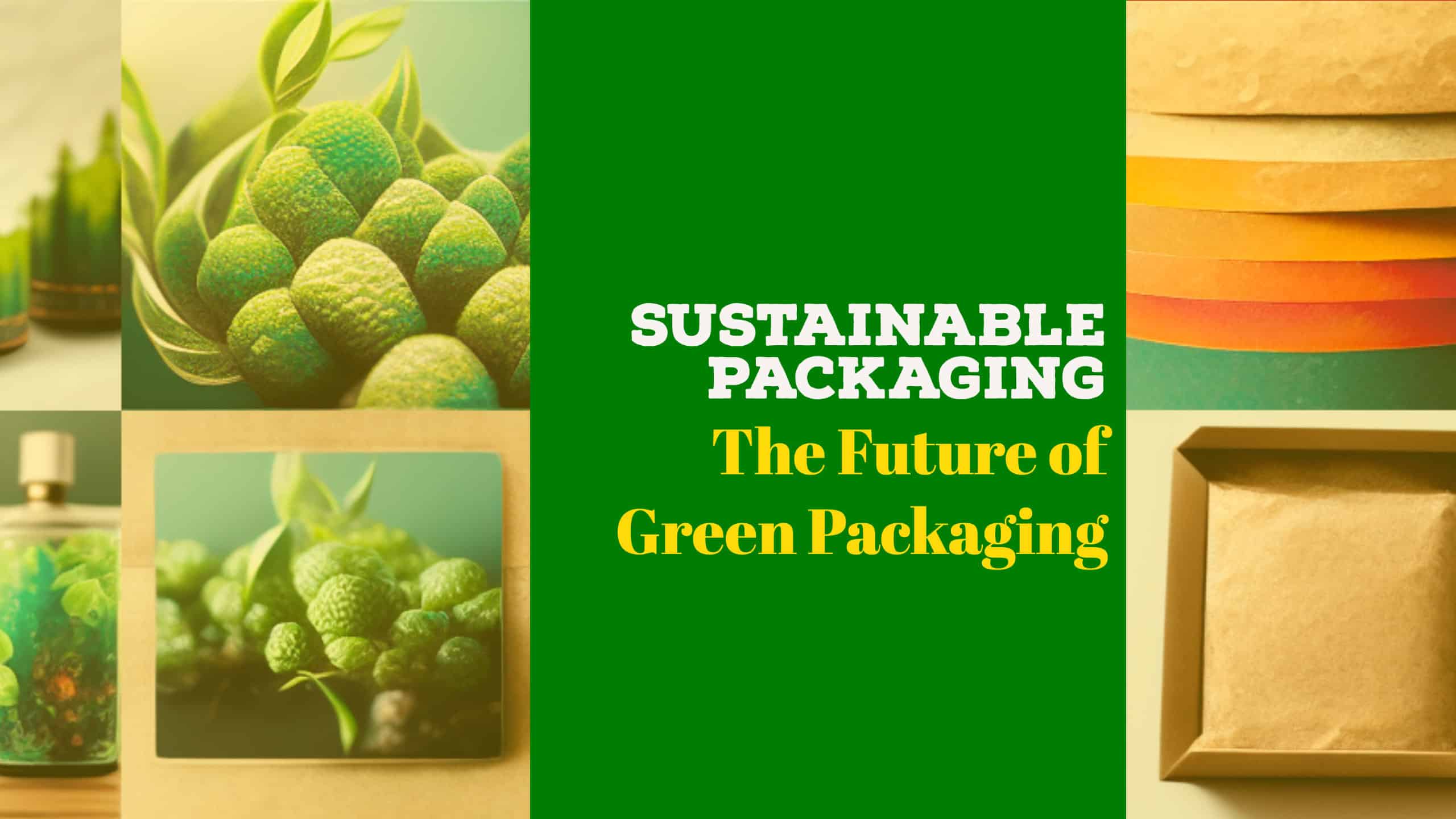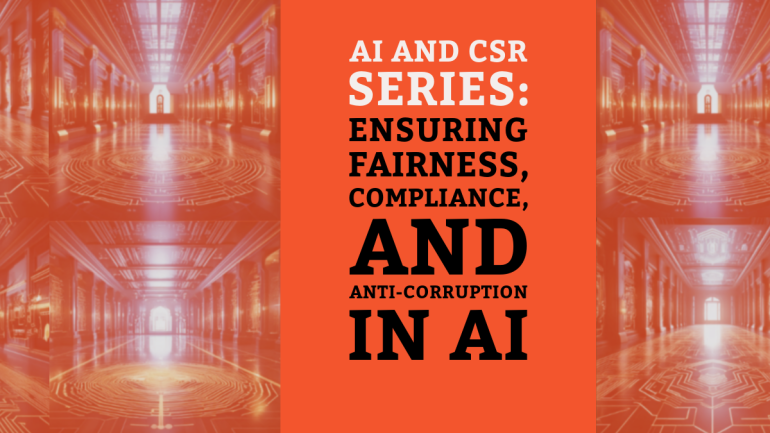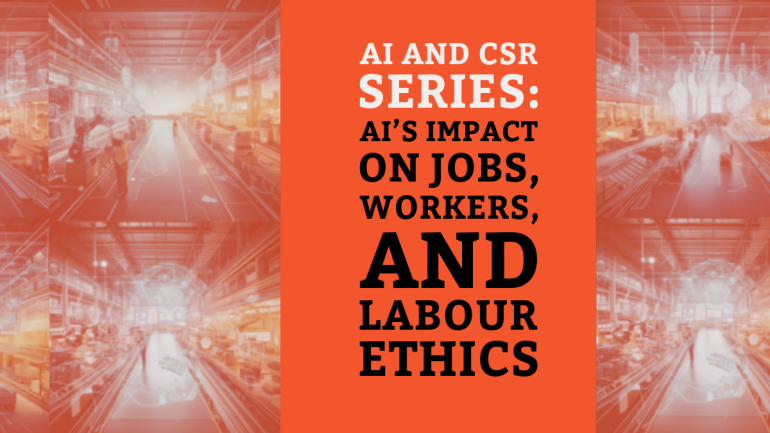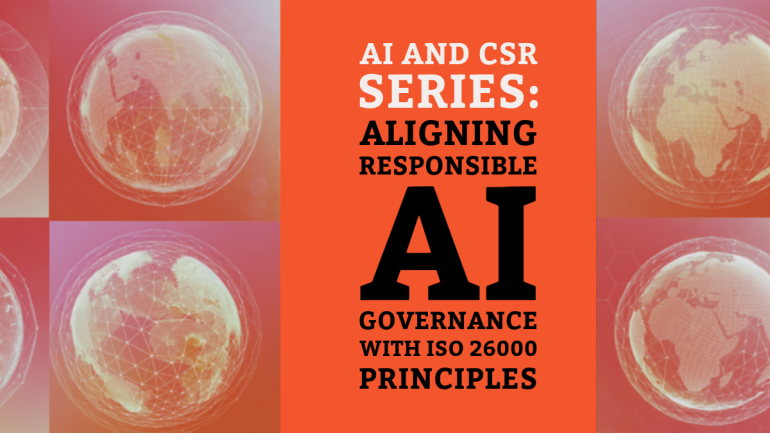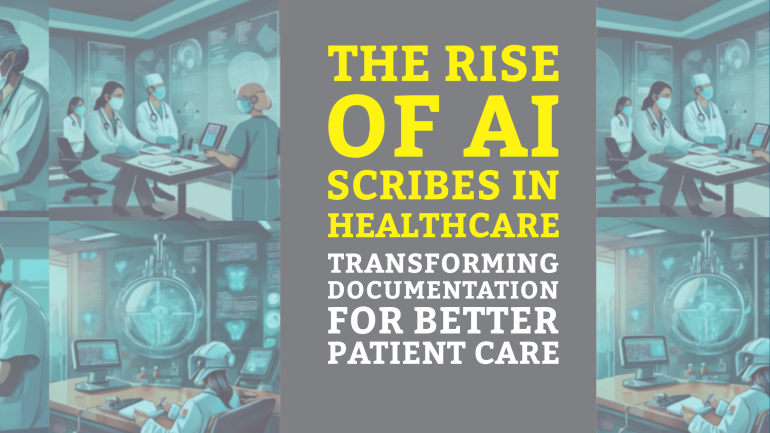This website uses cookies so that we can provide you with the best user experience possible. Cookie information is stored in your browser and performs functions such as recognising you when you return to our website and helping our team to understand which sections of the website you find most interesting and useful.
Table of Contents
You may also interested:
The word “sustainability” has been a key word in environmentalism for several years now. In essence, sustainability refers to actions that allow the environment to sustain itself for as long as possible. In other words, it is intended to lengthen the life of our environment, which consequently, extends our ability as humans to exist on this planet. What once was touted as mere doomsday predictions are no longer ignored. Ground-up initiatives to save the environment are being taken seriously, and governments are giving increasing support to sustainability initiatives.
All about green packaging
Noble as these intentions are, we often see initiatives that either do more harm than good, or initiatives that do not quite meet the objectives of sustainability. Consider this simple scenario: should one use paper towels or hand dryers in public restrooms? While avoiding paper towels might save trees, using hand dryers use electricity, which, for the most part, is still being generated using fossil fuels in many countries. Similarly, some restaurants are no longer handing our drinking straws in order to reduce the use of plastic.
But what about all that packaging that is still being used to package food and beverages? Surely a plastic straw uses less plastic than food that is individually wrapped, then wrapped as a package and then wrapped again for delivery to the restaurant. These plastics used in food and beverage wrapping are furthermore not recyclable, and would just contribute to the landfill, especially if they are single-use plastics.
The most commonly recycled plastics are:
- Polyethylene Terephthalate (PET) such as water bottles and plastic trays
- High Density Polyethylene (HDPE) such as milk cartons and shampoo bottles
- Polypropylene (PP) such as margarine tubs and ready-meal trays

Plastics which require higher-technology machinery to recycle are:
- Polyvinyl Chloride (PVC) such as electrical and water piping
- Low Density Polyethylene (LDPE) such as food bags
- Polystyrene (PS) such as plastic cutlery

Plastics which are very difficult and expensive to recycle are potato chip bags, salad bags and cling wrap.
Current green packaging limitations
As can be observed, plastics which are more easily recyclable are plastics which are made out of thermoplastics. These can be remelted and remoulded into something else. Thermoset plastics on the other hand contain polymers that form irreversible chemical bonds and thus cannot be recycled.
Furthermore, current technology for recycling has its limitations. Thin plastics such as your average everyday plastic bag, cling wrap and cellophane will not be accepted at most recycling plants as they can easily clog up recycling machines. Layers of paper and plastic laminated together, such as in a cereal box, are very expensive and difficult to isolate with current technology, making it a near impossibility to recycle.
Green packaging – an alternative
Recognising that packaging themselves are a major culprit in plastic pollution, businesses are now turning to what is known as “sustainable packaging”. Sustainable packaging attempts to reduce the environmental footprint of packaging itself. The three ways in which businesses are approaching this is to use recyclable packaging, recycled packaging, biodegradable packaging and/ or compostable packaging.
1. Recyclable packaging
Recyclable packaging is using packaging that is made of materials that is acceptable to most recycling plants. PET bottles, which are the most popular plastic of choice for water and soft drink manufacturers, are an example of recyclable packaging.
Recycled packaging are packaging which were made out of recycled material. And example here is corrugated packaging which are box fibers made out of old corrugated containers. These recyled packagings are sustainable because they are part of a “circular economy”, because they can be used 7 to 10 times to make new packaging materials. Furthermore, people tend to send corrugated packaging more frequently to recycling centres than any other recyclable materials.
2. Biodegradable packaging
Biodegradable packaging refers to any material that can be broken down into its smallest possible components by living micro-organisms without causing harm. A lot of materials that we use are actually biodegradable but they take hundreds of years to biodegrade, and that’s too long. In the meantime, they would only contribute to landfills and this has a negative impact on the environment. To meet the definition of sustainable packaging, biodegradable materials used in packaging must break down in a reasonable amount of time.
A popular biodegradable packaging today is glassine. Glassine is a smooth and glossy paper that is manufactured from wood pulp, making it recyclable and biodegradable. As a packaging, it is translucent, making it easy to see through yet suitable for packaging a lot of products, including food. This is because it is pH neutral and acid free. Another example is cornstarch packaging. It comes from renewable sources and doesn’t contain harmful toxins, making it biodegradable and sustainable. Corn starch can also be used to make biodegradable packing peanuts, which is a great alternative to bubble wrap and styrofoam.
Picture courtesy of: LeKAC
Yet another popular alternative to styrofoam is mushroom packaging. It is made from mycelium which is a fungus found in mushrooms. The result is a sturdy packaging material that can hold products and keep them in place.
3. Compostable packaging
Compostable packaging similar to biodegradable packaging, breaks down into individual components: water, CO2, biomass, and inorganic compounds without leaving any toxic residue. The main differences between these materials are that biodegradable products could be referring to any material which breaks down and degrades in the environment, whereas compostable products are only organic elements that degrade in the environment.
Compostable packaging materials are usually made from plant-based materials (like corn, sugar cane, or bamboo) and/or bio-poly mailers. For packaging material to be considered compostable, it should be able to break down in home compost within 180 days and 90 days in commercial composting conditions. Of course, in denser populated cities where homes are smaller, composting is hardly an option. Thrown into a landfill, these compostable packaging would similarly break down.
An example here is cellulose packaging, which is made from natural sources like hemp, wood, and cotton. The material is biodegradable and compostable, making it a sustainable alternative to plastic. Food brands, in particular, prefer cellulose packaging because of its moisture-resistant properties. Another up-and-coming material is Green Cell Foam. It is a bio-based foam material made from US-grown corn. You can dispose of it by dissolving it in water or by composting the material at home or at industrial facilities. It functions much like foam, making it ideal for brands that need cushioning materials when shipping products.
After thought on Sustainable packaging
Sustainable packaging is the future of green packaging. It is important to remember that the packaging industry is constantly evolving and that companies are constantly looking for ways to improve their products and reduce their environmental impact. There are a variety of options available for companies to choose from, and it is important to select the option that best fits the company’s needs.
